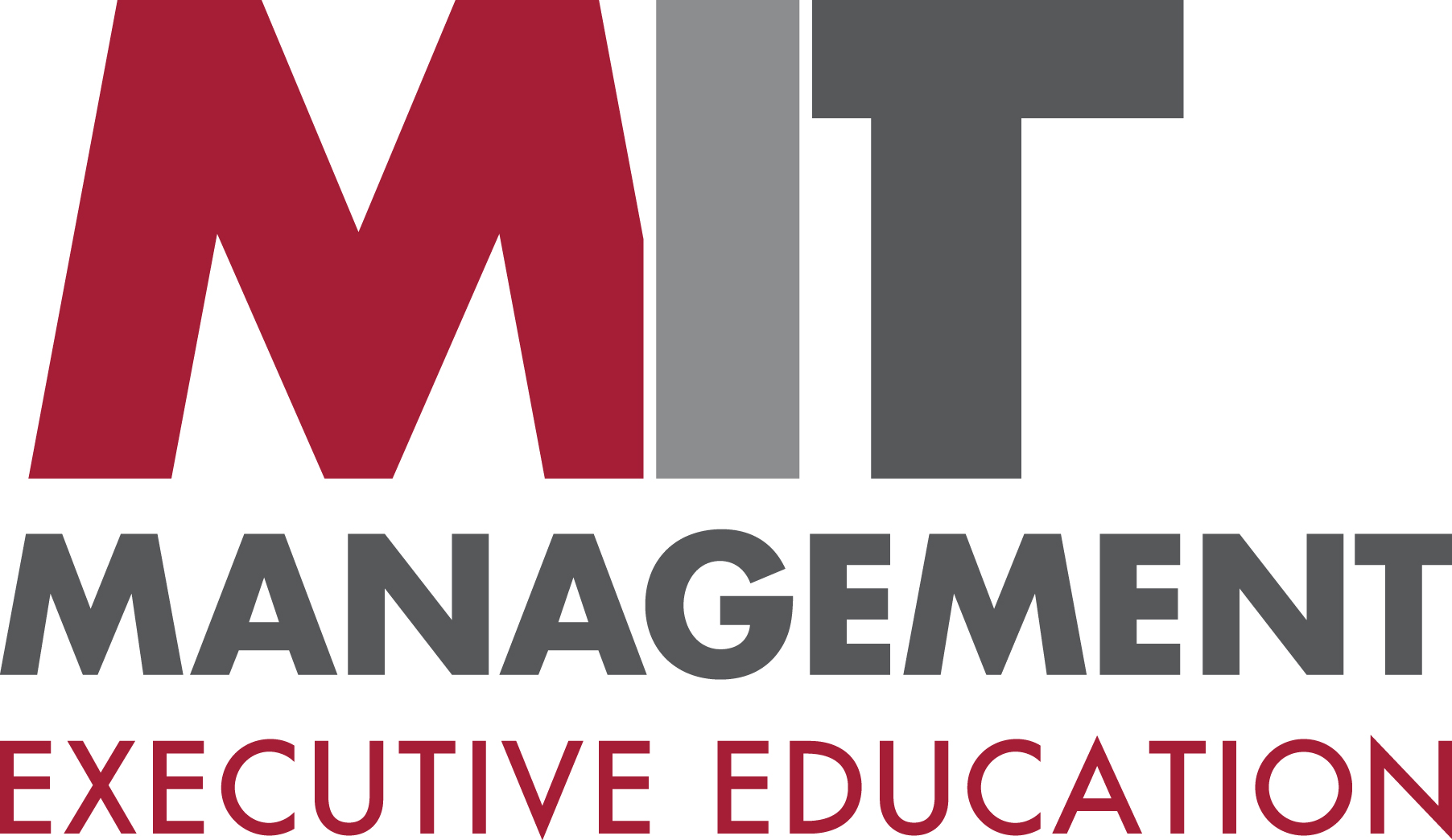- Innovation
The ‘Third Way’ to Innovate
In a brutally competitive market sometimes a great product just isn’t enough. MIT Sloan’s David Robertson uses the corporate journey of LEGO® to provide a fascinating look beyond ‘incremental’ and ‘disruptive’ innovation, and offers a ‘third way’ to innovate, when a great product isn't enough
Incremental improvement of existing products may help retain existing customers, but it is unlikely to unearth and entice new customers to stem the falloff. On the other hand, disruptive innovation—creating radical new products for new market segments—is a huge ask—to catch lightning in a bottle. It is a high risk, high expense strategy, and one that will still often be likely to fail.
As MIT Sloan Senior Lecturer David Robertson explains, there is a lesser known ‘third way’ to innovate and retain rapid growth, in such challenging environments. Robertson offers the not-always-smooth-sailing corporate journey of LEGO® as an example—of how organizations can arrest decline, stay competitive and foster significant growth without sacrificing existing loyal customers in favor of a disruptive dream.
……………………………………………………………………………………………………………………
Join David in this upcoming MIT Sloan Executive Education program:
Innovating in Existing Markets
Dates: December 6-8, 2021 Format: Online
……………………………………………………………………………………………………………………..
The LEGO® Group, founded in 1932 by Ole Kirk Kristiansen, is now owned by the founder’s grandson Kjeld Kirk Kristiansen. The company saw gradual growth up to the 1970s as its ubiquitous bricks and construction system became well established globally. More dramatic growth came after the introduction of new products in the late 70s, particularly LEGO® Technics and characters—leading to 14 years of sustained 14% annual growth.
In 1994 though, growth stopped—sales flatlined and the company was eventually forced to lay off 1000 employees. The problem was not helped, but rather exacerbated, by the actions taken at the enterprise level, to arrest the decline. Between 1994 and 1998 the company launched a plethora of new products, leaping from 109 to 347 product lines in four years. This added to production costs, added new complexities in supply and distribution, and failed to boost sales—perhaps no surprise as the market for children’s toys had revolutionized in this period. The first PlayStation console was released in 1994, ‘big box’ retailers such as Toys “R” Us and Walmart were dominating the market and dictating what products were stocked, LEGO® patents were running out, and the company’s growing band of competitors were manufacturing more cheaply in China.
Clay Christensen published his thinking on disruptive technologies in 1997. With the help of a newly employed turnaround specialist, and perhaps taking a cue from Christensen, the company took a deep internal look at possible strategies. The outcome of that introspection was a decision that it needed to “reinvent the future of play.” LEGO® launched an Action Man equivalent, a video game, a virtual design tool, electronic toys for toddlers, Jack Stone (a simplified version of Technics); opened new Legoland theme parks, and created licensed LEGO® toys—Star Wars (1999) and Harry Potter (2001).
Due to an inexpert understanding of the cyclical nature of the film industry, the licensed products boomed initially, while the films were current—only to bomb in subsequent years. All of the other product introductions failed from the outset. The company saw its sales decline again—this time by 40%. The disruptive approach proved to be a disaster which nearly led to bankruptcy and brought further layoffs.
What went wrong? Had the company aimed to solve the wrong problem? Or tried to solve the right problem with the wrong solutions? Or were the solutions right but badly executed?
For Robertson it was a little of all of the above, but the real heart of the issue was in ‘sufficiency’ vs. ‘necessity’. It was clearly not sufficient just to keep on selling boxes of construction bricks—but this was necessary. The LEGO® brand was very strong but was inextricably associated with construction and bricks. Any solutions need to build on this long-established connection, not to subvert them as many of the emergency solutions by LEGO® seemed to do. Only when the company returned to stories and product ideas around bricks and construction did it return to profitability and growth. Customers knew the company for its core product, and it was by focusing on customers that this new direction emerged.
In essence this is the ‘third way’ to growth that Robertson champions. When the market shifts and once successful products or services begin to fail, rather than only innovating inside the box for incremental efficiency, or charging headlong after radical, disruptive innovation outside the box, companies should look to their customers for innovative ideas around the box.
This is a customer-focused form of innovation and it starts by honoring the brand’s core current products, and really understanding the ways customers use, and might want to use them, in order to develop new product lines or services.
‘Only’ is an important proviso. Robertson stresses that incremental innovation is always important—perhaps the most important form of innovation. He also says it is sensible for companies to invest some time in thinking outside the box and considering radical, disruptive ideas. Just don’t rely on the incremental, and certainly don’t over commit funds and resources to a disruptive dream without seriously investigating the third way.
This article is based on the MIT Sloan Executive Education webinar: What If a Great Product Isn’t Enough? with MIT’s David Robertson
……………………………………………………………………………………………………………………
Join David in this upcoming MIT Sloan Executive Education program:
Innovating in Existing Markets
Dates: December 6-8, 2021 Format: Online
……………………………………………………………………………………………………………………..
MIT Sloan is uniquely positioned at the intersection of technology and business practice, and participants in our programs gain access to MIT’s distinctive blend of intellectual capital and practical, hands-on learning.
ARTICLES YOU MIGHT LIKE
VIEWPOINT
Cognitive neuroscientist, Lynda Shaw, explains how to understand and support intrapreneurs
DEVELOPING LEADERS QUARTERLY MAGAZINE AND WEEKLY BRIEFING EMAILS


































